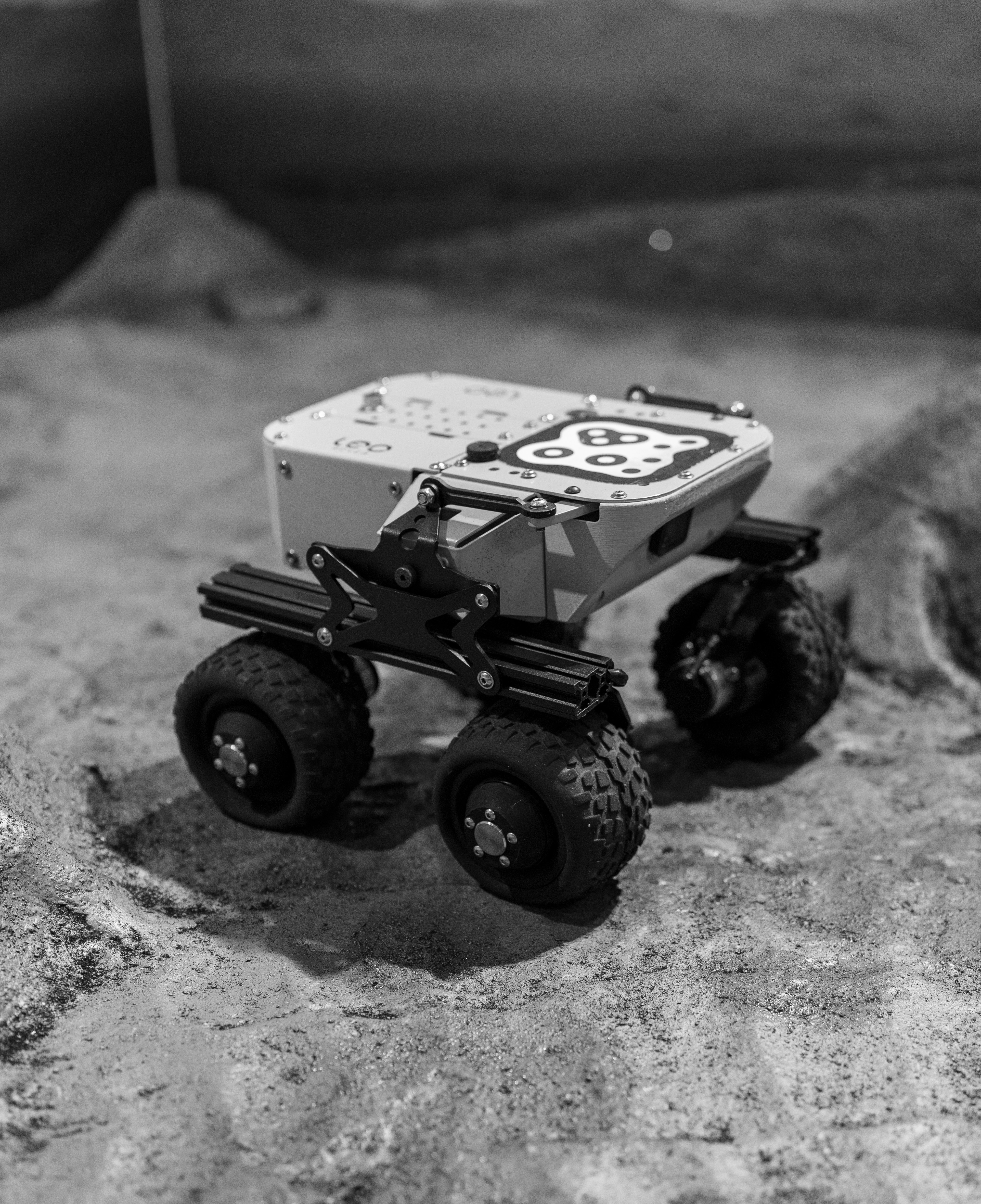Unleashing the Potential of Robot Swarms in Planetary Exploration

The Fascinating World of Robot Swarms
Robot swarms are a cutting-edge technology that involves multiple small robots working together to achieve complex tasks. In the realm of planetary exploration, these swarms hold incredible potential for revolutionizing how we gather data and conduct research on distant worlds.
Enhancing Efficiency and Versatility
One key advantage of using robot swarms in planetary exploration is their ability to cover large areas efficiently. By deploying numerous smaller robots instead of relying on a single large rover, scientists can collect data from diverse locations simultaneously, speeding up the exploration process.
Additionally, robot swarms offer increased versatility in navigating challenging terrain. Each individual robot can adapt to its surroundings and collaborate with others to overcome obstacles, making them ideal for exploring rugged landscapes like those found on Mars or the Moon.
Coordinated Collaboration and Communication
Central to the success of robot swarms is their ability to communicate and coordinate effectively. Through sophisticated algorithms and artificial intelligence, these robots can share information, distribute tasks, and maintain formation while exploring unknown environments.
- Example: Imagine a swarm of miniaturized robots deployed on Mars. Some robots could be tasked with collecting soil samples, while others create a map of the terrain. Through constant communication, they work together seamlessly to achieve their mission objectives.
Overcoming Challenges in Planetary Exploration
Despite their many advantages, robot swarms also face unique challenges in the harsh conditions of space exploration. Issues such as limited communication bandwidth, power constraints, and extreme temperatures require innovative solutions to ensure the success of these missions.
The Future Frontier of Space Robotics
As technology continues to advance, we can expect to see even more sophisticated applications of robot swarms in planetary exploration. From investigating the icy moons of Jupiter to mapping asteroid surfaces, these versatile systems have the potential to unlock new discoveries about our solar system and beyond.
